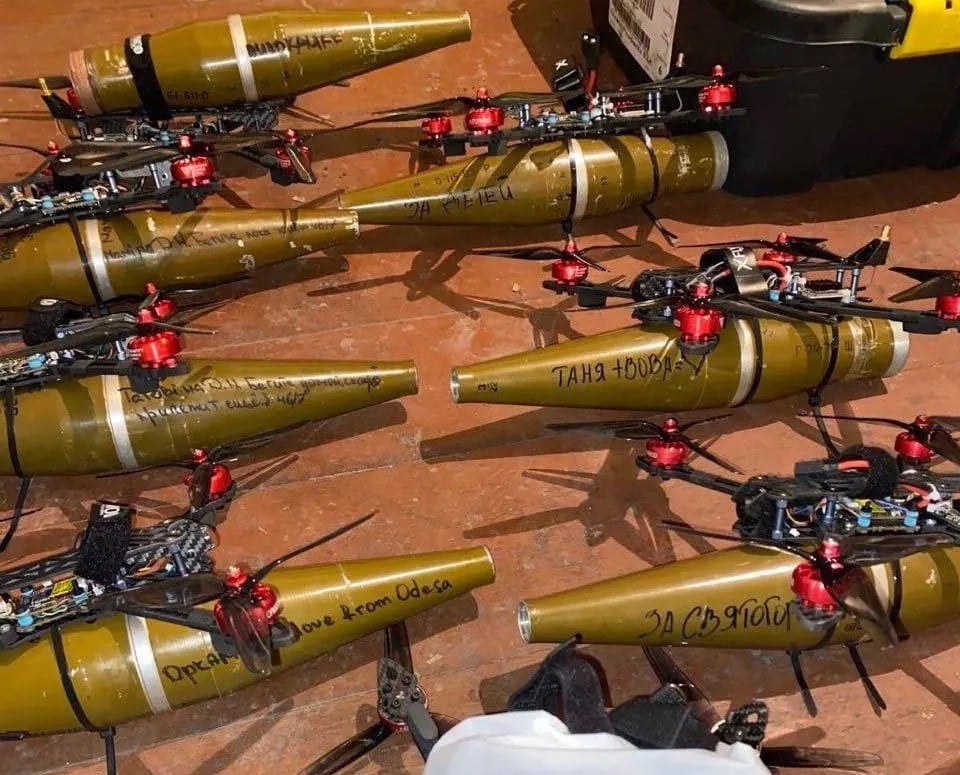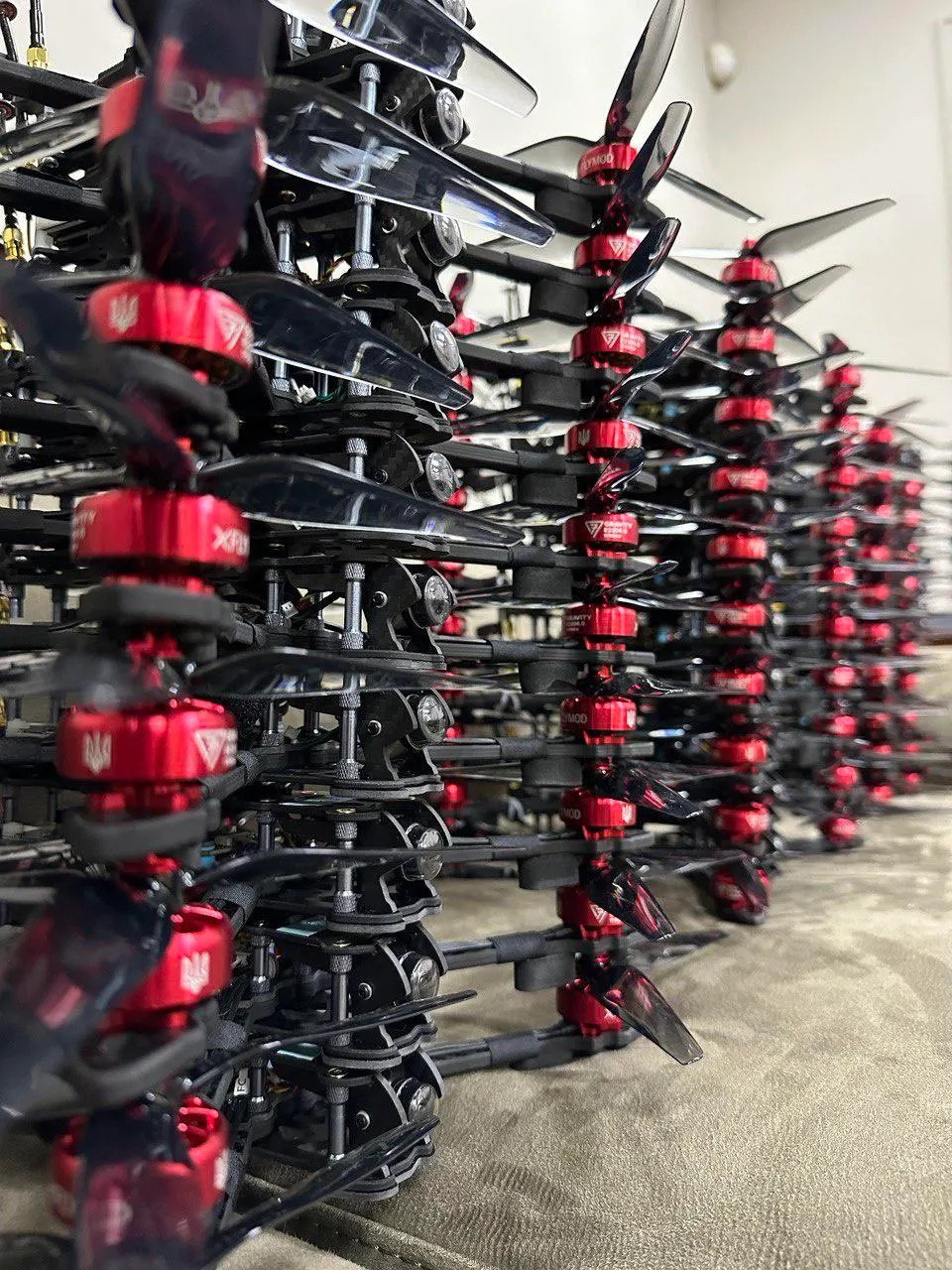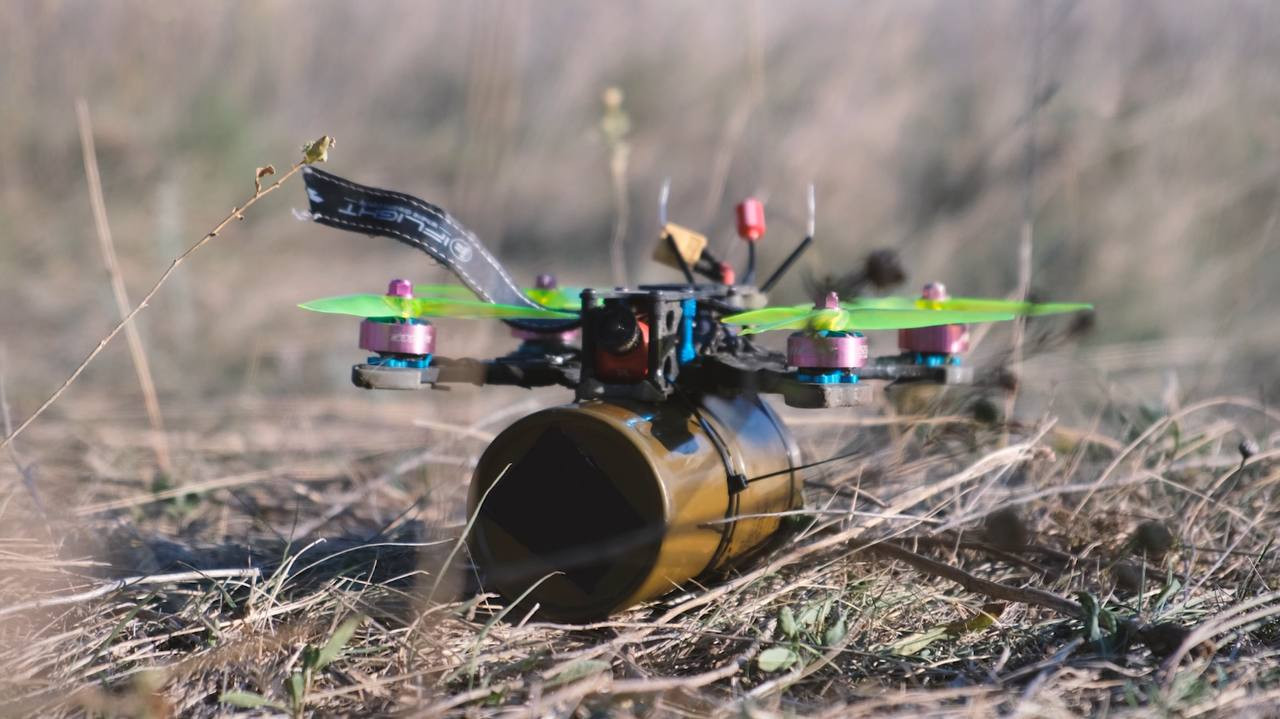Escadrone is the group that produces the Pegasus suicide drone for Ukrainian forces. Unlike consumer drones, “kamikaze” vehicles are completely different machines, requiring a certain level of skill to operate.
Success or failure depends on skill
To fly, the pilot wears a first-person view (the view from the pilot's eyes) headset, sets up a communications antenna, and connects the controller to the Pegasus — a small, but more powerful, sports drone built for “one-way missions” with an attached anti-tank grenade.

The Pegasus in its basic configuration carries a 2.2-pound warhead, making it effective against infantry and light armor. For heavily armored tanks, Ukraine uses larger FPV drones armed with 5-pound PTAB anti-tank rounds. These are relatively limited compared to shoulder-fired anti-tank missiles like the Javelin, but they can still be effective if they hit a weak spot.
“First-person view (FPV) suicide drones are completely dependent on the skill of the pilot,” said a representative of Escadrone.
The entire process of preparing, activating, and launching the drone takes about five minutes. The Pegasus, which flies at about 45 miles per hour (~70 kilometers per hour), glides to target coordinates provided by the reconnaissance team at low altitude, making it less likely to be detected or shot down than a reconnaissance drone flying high above. It typically takes three to five minutes for the Pegasus to cover several miles to enemy positions. The spokesman said their longest recorded mission was 13 minutes.

In case the attack fails, the operator simply tries again with another one. Escadrone is supplying a thousand FPV-kamikaze-drones to Ukraine every month.
The source stressed that hardware is not the most important factor. While drone beginners like the Mavic can use the drone without any training, using an FPV drone effectively requires significant skill.
“To use this device effectively, the pilot must undergo a month-long training course. The reason is that it is very difficult to aim at a target moving at high speed.”
Cheap precision weapons
The name Escadrone is a combination of 'eskadron', the Ukrainian word for cavalry squadron, and drones.” The group was founded in May 2022 with a core of people who shared the same interest and extensive experience in building FPV drones. They designed, built, and tested many prototypes, with Pegasus being the most successful product.
While drones produced by military contractors are expensive, such as the American Switchblade “target-seeking bullet” model, which costs about $60,000 per unit, the Pegasus costs only $341 in basic configuration and $462 in high configuration. The Ukrainian FPV drones make full use of cheap components that can be easily manufactured with a soldering iron.

“We decided to create a product that could help on the battlefield, cheap enough to mass produce,” said a representative of the Escadrone team.
Over the course of the combat, the production team only upgraded the Pegasus's engine, radio antenna, and control electronics without changing the basic design.
One of the reasons the Switchblade 300 is more expensive is that it can lock onto moving targets and automatically track them. Similar technology may soon be available on kamikaze FPVs thanks to new AI chips for drones, but for now it still depends on the skill of the operator.
Cheap precision weapons seem like a game changer. Anti-tank weapons like the Javelin can only be supplied in limited quantities and cannot be wasted on low-value targets. It is no surprise that Escadrone is working on a new series of drones with electronic jamming upgrades, as well as design changes to counter new countermeasures.
In less than a year, the improvised creation of a drone enthusiast has become a sophisticated device operated by a highly trained crew. There is no doubt that drones will have a huge impact on the wars of the future.
(According to Forbes)
Source

























































Comment (0)